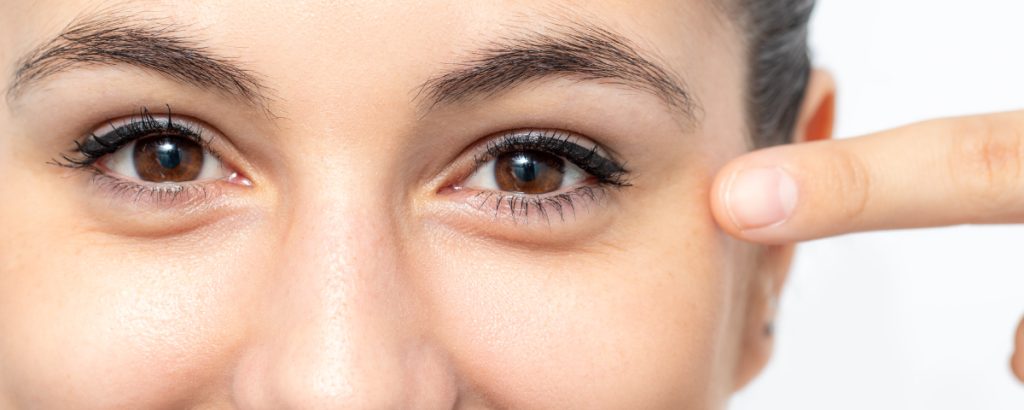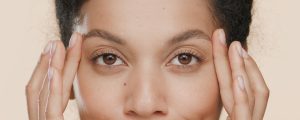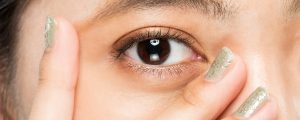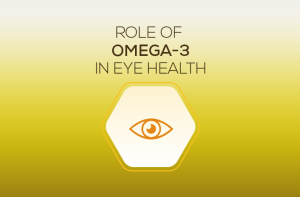Crow’s feet are those fine little wrinkles that appear around the corners of our eyes as we age. These fine lines can be a telltale sign of our life experiences and laughter, but for some, they can be a source of concern.
In this blog, we’ll explore what Crows feet are, what causes crows feet and where we get them, and most importantly, how to get rid of them naturally.
What is Crows Feet?
Crows feet, also known as “laughter lines” or “smile lines,” are the fine lines that form at the outer corners of the eyes.
They often appear in a fan-like pattern and are more noticeable when we smile or squint. These lines are a natural part of the aging process but they can be influenced by various factors.
Where Do We Get Crows Feet?
Crow’s feet around the corner of the eyes are the primary area. However, they can extend outward towards the temples and even downward along the cheeks. These lines are dynamic – they become more prominent with facial expressions but may also be visible at rest as they become deeper over time.
What Causes Crows Feet?
Here are some common causes of crow’s feet:
- Aging: The primary cause of Crows feet is the natural aging process. As we get older, our skin loses collagen and elastin, which leads to the formation of wrinkles and fine lines.
- Sun Exposure: Prolonged exposure to the sun’s harmful UV rays can accelerate the aging of our skin and contribute to the development of Crows feet. UV radiation breaks down collagen and damages skin cells.
- Repetitive Facial Expressions: Smiling, squinting, and other facial expressions over time can lead to the formation of Crows feet. These expressions cause the skin to fold and crease, eventually leaving permanent lines.
- Genetics: Genetics play a role in how our skin ages, including the development of Crow’s feet. If your parents or grandparents had these lines, you may be more prone to them as well.
How to Get Rid of Crows Feet: Natural Remedies
While there’s no way to turn back the clock completely, there are several natural remedies and lifestyle changes that can help reduce the appearance of Crow’s feet:
- Hydration: Keeping your skin well-hydrated is essential. Drink plenty of water and use a hydrating eye cream to moisturize the delicate skin around your eyes.
- Sun Protection: Protect your skin from UV rays by wearing sunglasses and applying sunscreen daily, even on cloudy days. UV protection helps prevent further damage.
- Eye Exercises: Perform gentle eye exercises to strengthen the muscles around your eyes. These exercises can improve blood circulation and reduce the appearance of Crow’s feet.
- Healthy Diet: Consume a diet rich in antioxidants, vitamins, and minerals. Foods like berries, leafy greens, and fatty fish can support skin health.
- Cucumber Slices: Place cucumber slices over your closed eyes for 10-15 minutes. Cucumbers have anti-inflammatory properties that can help soothe and rejuvenate the skin.
- Tea Bags: Apply cooled tea bags (green tea or chamomile work well) to your closed eyes for a few minutes. Tea contains antioxidants and tannins that may help tighten the skin.
- Massage with Oils: Gently massage the area with natural oils like coconut or almond oil. Massage promotes blood flow and can improve skin elasticity.
- Aloe Vera Gel: Aloe vera has soothing and moisturizing properties. Apply a small amount of aloe vera gel to the outer corners of your eyes and leave it on for 15-20 minutes before rinsing.
- Vitamin E Oil: Vitamin E is known for its skin-nourishing properties. Apply vitamin E oil to the Crows feet area before bedtime.
- Facial Yoga: Engage in facial yoga exercises specifically designed to target Crow’s feet. These exercises can help tone and strengthen the muscles around your eyes.
Conclusion
Crow’s feet are a natural part of aging, but with proper care and a few natural remedies, you can minimize their appearance and maintain healthy, younger-looking skin. Remember that consistency is key when using these remedies and results may vary from person to person.













